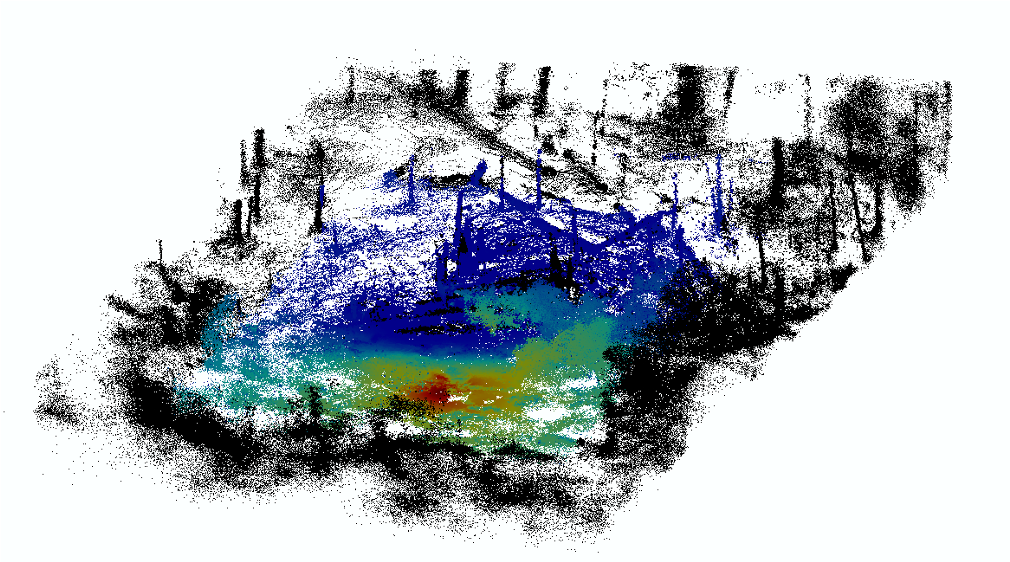Spatially Integrative Monitoring: Wetland Monitoring
Groundwater seeps are the region where contaminated groundwater emerges to the surface, which is often one of the major ecological and human health risk pathways. In this task, we develop a comprehensive strategy that takes advantage of state-of-art spatially integrative techniques–such as geophysics or UAVs–for monitoring groundwater and wetland regions.
UAV-based gamma-ray detection or imaging technologies have been rapidly developed over the past seven years, enabling the reconstruction and fusion of gamma-ray activities with visual information in 3-D. Thermal cameras are increasingly used to map locations of groundwater seep zones and river-groundwater interactions. We aim to couple these surface methodology with geophysical methods for capturing plume dynamics and contaminant mobility in this critical interface.


